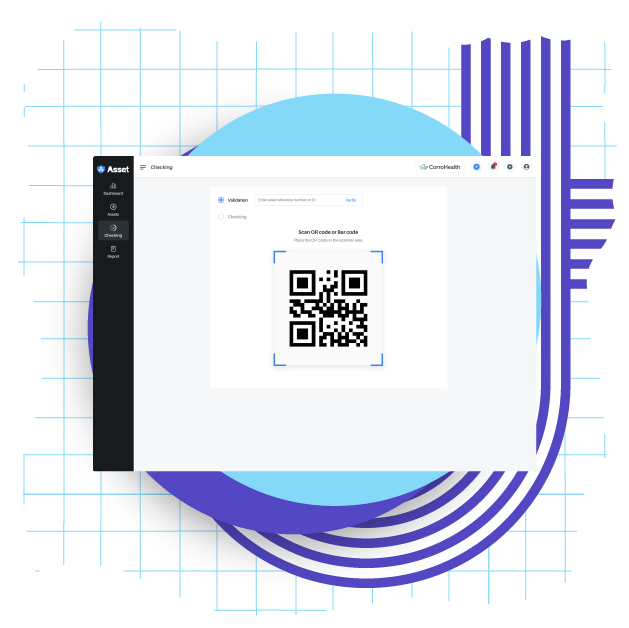
Explore MAWALOG Transportation
Navigate the Path with MAWALOG Transportation FAQ
Destination assignment, driver allocation, vehicle tracking, route optimization, load management, and customer communication are all aspects of logistics operations that the TMS is intended to simplify and streamline.
Indeed, logistics managers can keep an eye on the whereabouts and conditions of every truck to guarantee on-time delivery thanks to the TMS's real-time tracking capabilities.
To guarantee exact delivery locations and prevent routing problems, the system enables users to manually enter addresses and choose precise delivery destinations within a radius.
The TMS does use route optimization algorithms to avoid delays, changing routes dynamically based on traffic and road conditions.
The system offers timely updates on the delivery trip's progress, including the estimated arrival time at the next stop and the final destination.
In order to maximize space usage, balance vehicle movements, and prevent delays during loading and unloading, the TMS assesses vehicle capacity.
The technology quickly initiates a notification within the program, which is displayed through the notification icon, when a trip starts or ends.
To provide flexible and timely delivery, the system employs real-time route adjustments to assist vehicles in avoiding delays.
Optimal delivery, tracking, and efficient movement of goods can be advantageous for industries including automotive, construction, manufacturing, e-commerce, retail, and logistics & supply chain.
Electronic proof of delivery speeds up payments, cuts down on paperwork, and increases administrative process accuracy.
Subscribe for Newsletter
Grow Your Business with Our MAWALOG Transportation Product



